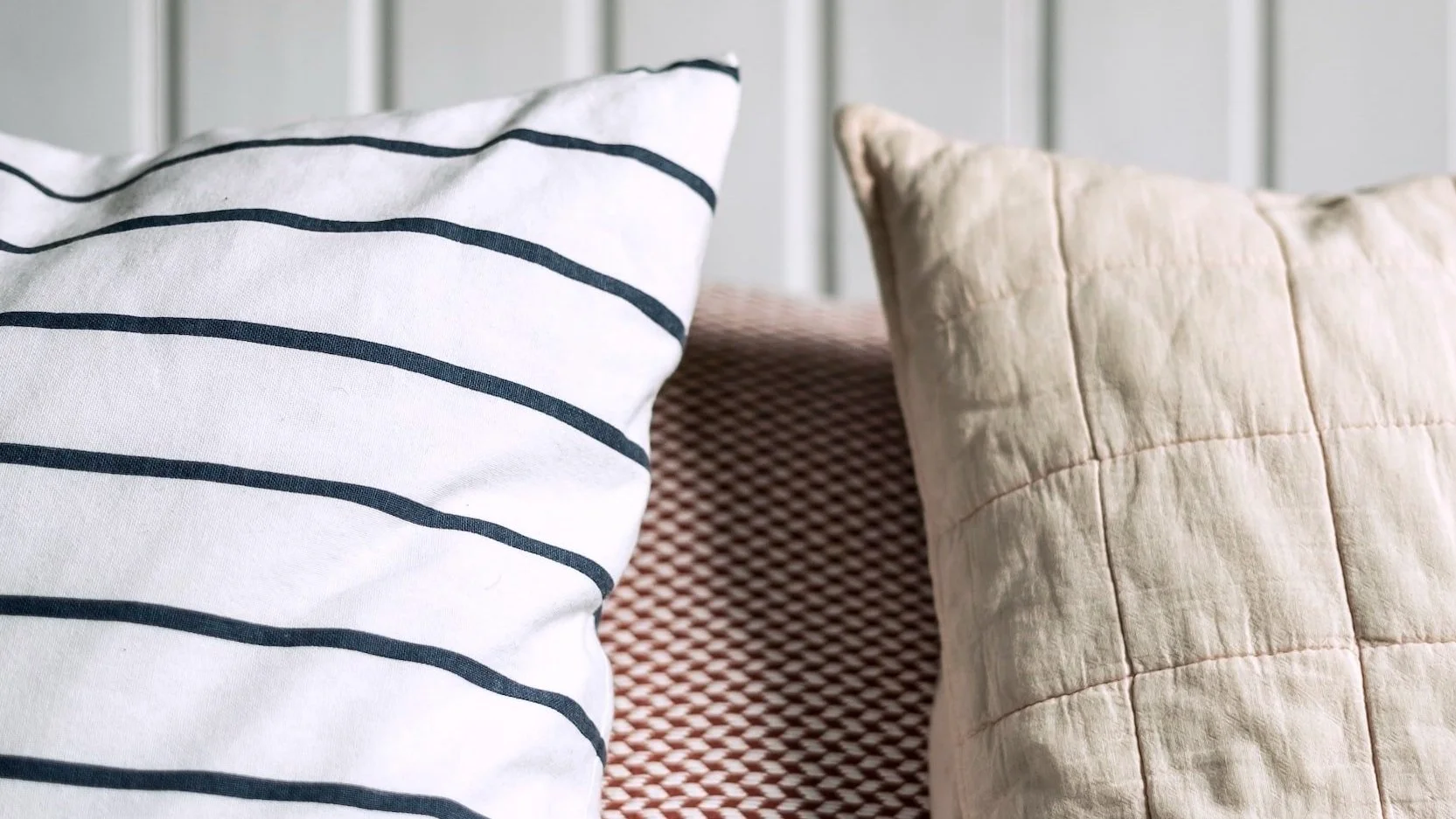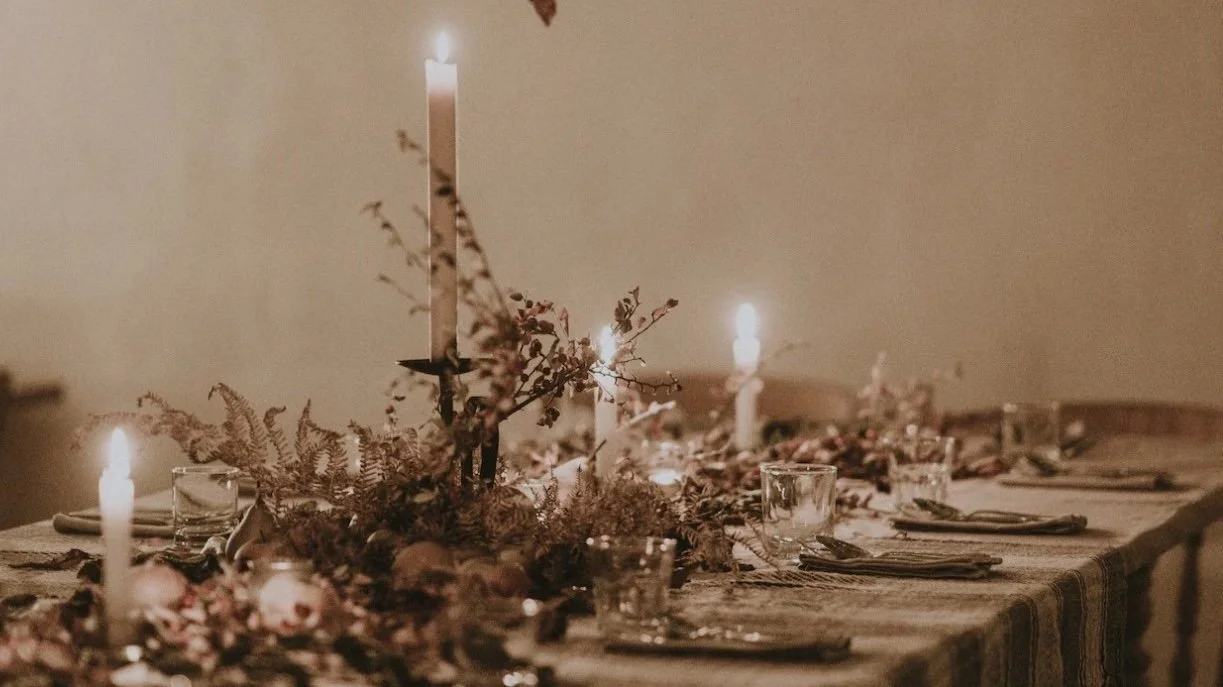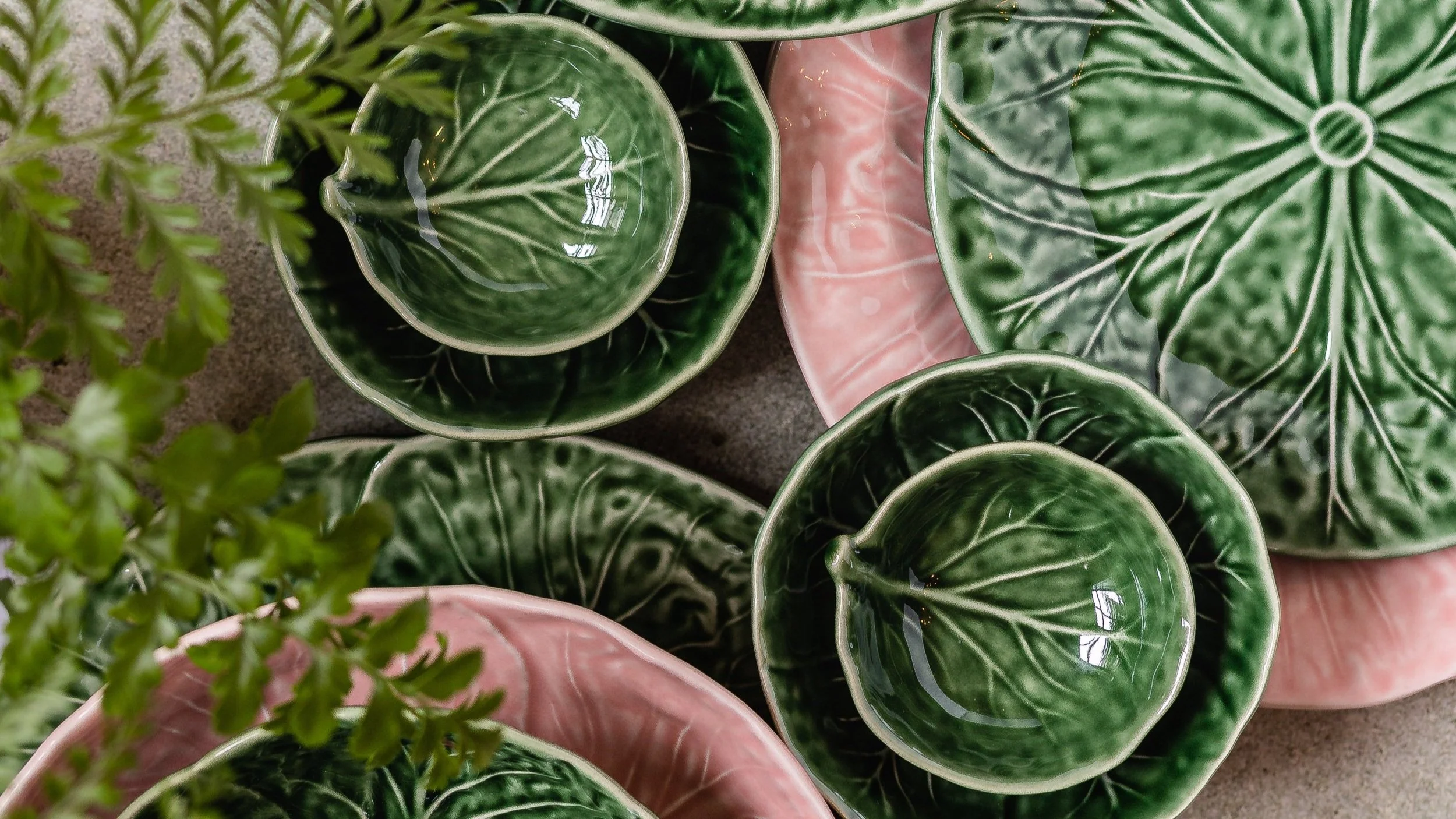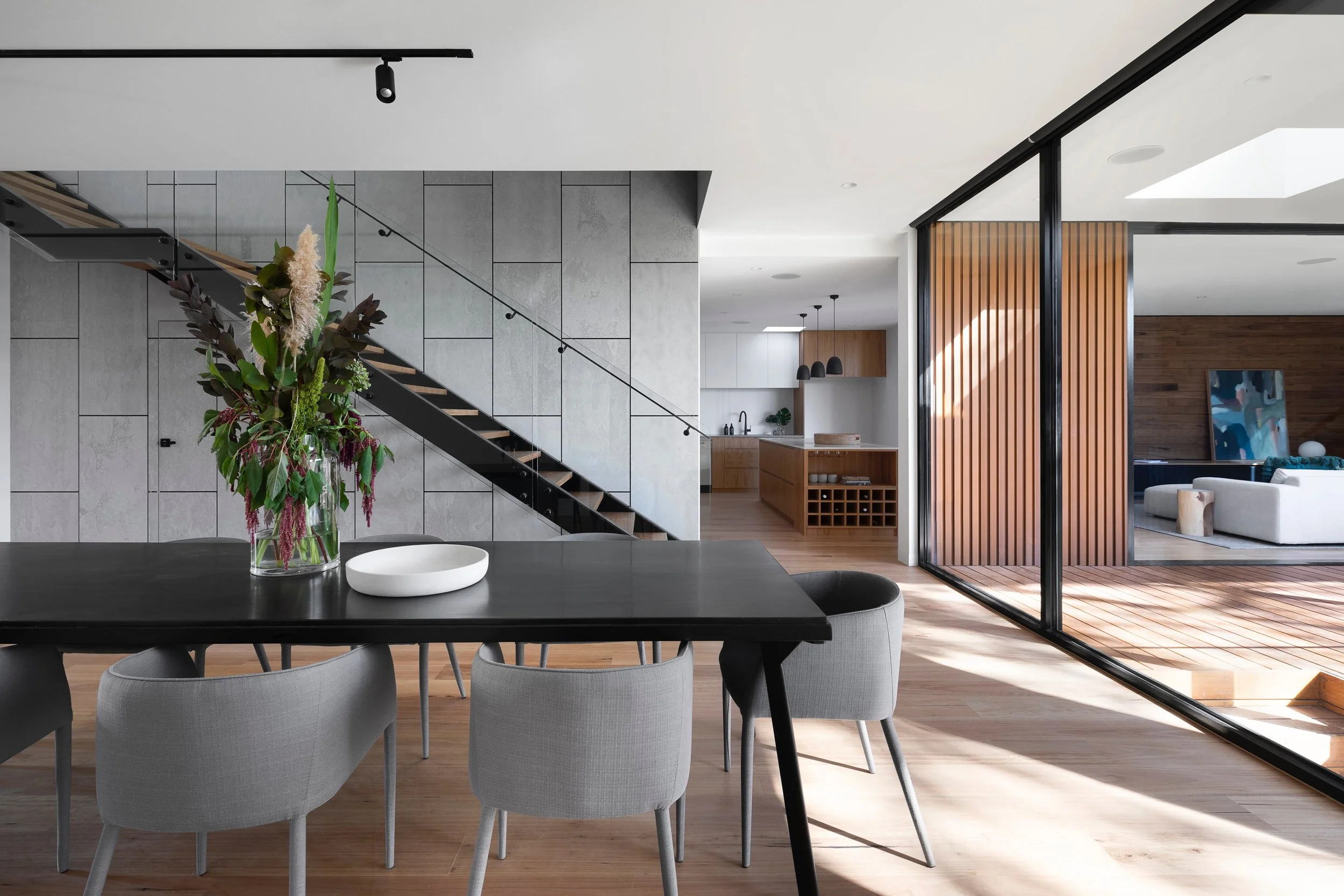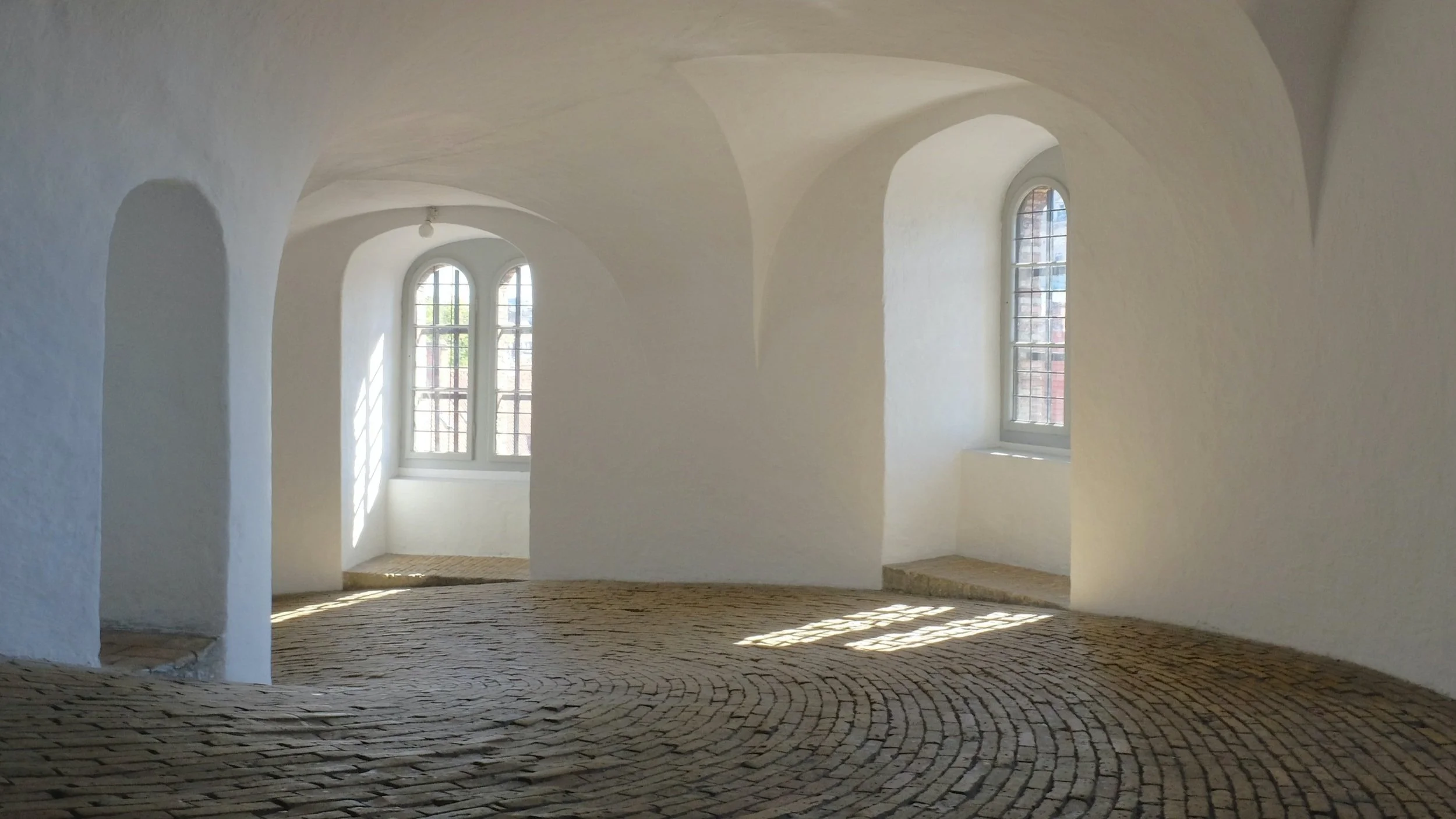Creating a Mood Board
Image by House Beautiful
Introducing the Art of Mood Boards for Interior Home Design
Interior design is all about capturing a vision for the space you want to create. Whether it’s for a living room, kitchen, bathroom, or any other area of your home, it’s important to take the time to consider what style you want to create and how to create it. And, one of the best ways to do that is by making a mood board. A mood board is a visual representation of ideas and concepts. It’s like a scrapbook with all the pieces of the design puzzle that will help you to create the perfect home style. It can include anything from colors, fabrics, furniture, lighting, décor, and more. It’s a great way to get a feel for the design you’re aiming for and to ensure you’re creating a space that is both sophisticated and comfortable. So, if you’re looking to create a stylish and unique space in your home, here are some tips to help you create the perfect mood board for interior home design.
Get Inspired
Before you even start creating your mood board, it’s important to get inspired. Take the time to browse through magazines, websites, blogs, and even Instagram for ideas. This will help you to get a feel for the trends and styles that are popular right now and give you a better idea of what you want to create.
Choose Your Design Elements
Once you’ve gathered some inspiration, it’s time to start thinking about the design elements you want to include. Think about the colors you want to use, the furniture you want to buy, the styling you want to use, and the lifestyle you want to create.
Decide On A Budget
When it comes to designing a home, budget is always an important factor. So, before you start buying anything, make sure you decide on a budget. This will help you to stay within your means and ensure that you’re creating a space that is affordable yet still luxurious.
Start Collecting
Now that you have your design elements and budget sorted, it’s time to start collecting items. Start by searching online for furniture, décor, lighting, and other home accessories. You can also head to your local stores to find items that are unique and tailored to your style.
Create Your Board
Once you have all the items you need, it’s time to create your mood board. This can be done in a number of ways, from using a physical board to creating a digital mood board. Whichever you decide to use, make sure to include all the items you’ve collected and arrange them in a way that best reflects your design elements and budget.
Creating a mood board is a great way to get a feel for the space you want to create and ensure that you’re designing a space that is sophisticated, comfortable, and unique. So, take the time to get inspired, decide on your design elements and budget, and start collecting items to create the perfect mood board for your home.
Starting Your Project
When it comes to interior design, it’s important to find a balance between sophistication, comfort, and affordability. After all, no one wants to invest in a style that’s too luxurious for their lifestyle. But, with the right furniture and styling, it’s possible to create a luxurious and comfortable atmosphere in your home. Here are a few tips for how to start planning to redesign the interior of your home.
Evaluate Your Needs
Before you begin the design process, it’s important to evaluate your needs. Think about what rooms you want to focus on and what functions they’ll need to accommodate. Do you need extra seating in the living room? Is the kitchen too cramped to be functional? Are there any rooms that need to be completely overhauled? Make a list of your goals and needs so that you have a clear direction as you move forward.
Research Interior Design Styles
Once you’ve identified your needs, it’s time to begin researching interior design styles. Look online or in magazines for ideas and inspiration. Consider the colors, textures, and materials you’d like to use and determine if they’re compatible with your budget. It’s also important to look into the latest trends in home design and make sure you’re not missing out on any new ideas.
Choose a Colour Scheme
Choosing a colour scheme for your home is one of the most important parts of interior design. It’s also one of the most difficult tasks. Think about what colours will best reflect your lifestyle and home style. Consider whether you’d like a neutral colour palette or a bolder look. Once you’ve selected a color scheme, you can begin to pick furniture and fabrics that match your vision.
Invest in Quality Furniture
When it comes to interior design, it’s important to invest in quality furniture. Quality furniture will last longer and look better than cheaper pieces. Consider the size and shape of the furniture you need, as well as the material and colour. If you’re on a budget, consider looking for second-hand furniture that can be given a new look with a coat of paint or some simple repairs.
Incorporate Styling Elements
Now it’s time to add styling elements. These could include rugs, curtains, wall art, and other decorative items. They’ll help bring the room together and create a more cohesive design. Look for items that fit your color scheme and reflect your lifestyle.
Focus on the Details
The details are what really make a design stand out. Consider small items like throw pillows, vases, and lamps. They can add texture and color to a room and make it feel more inviting. Pay attention to the kitchen and bathroom as well. Small changes can make a big difference in these areas, like adding new hardware or fixtures.
Mixing fabrics and materials
Combining elements
When it comes to interior design, the most important thing is to create a home that reflects your lifestyle and personality. Choose pieces that you love and that make you feel comfortable. Creating a sophisticated and comfortable interior doesn’t have to be expensive or difficult. Whether you’re looking to create a modern look or a more traditional aesthetic, here are our top tips for effectively mixing different fabrics, materials and mediums to create a sophisticated and comfortable interior.
Choosing your palette
The key to creating a sophisticated and comfortable interior is to start with a neutral palette. Neutral colours like white, beige and grey can provide the perfect backdrop for any design style. They also give you the flexibility to add pops of colour as desired. When paired with a variety of textures, these neutrals can bring a bright and airy feel to any space.
Mix Different Textures
Adding different textures to your interior design can help create a luxurious yet comfortable atmosphere. For example, pair natural fabrics like linen, cotton or wool with a variety of finishes like velvet, leather or faux fur. This combination of textures will add depth and interest to any room.
Incorporate Unique Furniture
Unique furniture pieces are a great way to make a statement in any space. Incorporate furniture pieces with interesting shapes or finishes to add a touch of personality to your interior design. Mixing different materials and textures can also create a unique look that is both sophisticated and comfortable.
Include Artwork
Adding artwork to any interior design is a great way to add visual interest and personality. It can also add a touch of sophistication and comfort. Choose artwork with a variety of textures, materials and mediums to create a unique look.
Add Plants
Introducing plants into an interior design can help create a calming and inviting atmosphere. Try adding a variety of plants throughout your home to bring in natural elements and help create a more comfortable space.
Accent Pieces
Accent pieces such as decorative pillows, rugs and throws are a great way to add personality and texture to any interior design. Incorporate a variety of colors, textures and materials to create a unique look that is both sophisticated and comfortable.
Find Affordable Options
When it comes to interior design, it’s important to find affordable options that still create a luxurious look. Opt for quality pieces that are within your budget, as well as pieces that can be used in a variety of ways. Keep your eyes open for pieces that can be used in different rooms or with different styling.
Creating The Perfect Tablescape
Design ideas for dinner parties using plants, lighting crockery, glassware.
Your style
Hosting a dinner party is an excellent way to show off your design skills and whilst also creating a memorable experience for your guests. Your dinner party table should reflect your style and personality, and it should also be warm and inviting. To help you create the perfect dinner party tablescape, here are some tips and tricks.
Colour scheme
The foundation of your tablescape should be your colour scheme. Choose a few colours that work together to create a cohesive look. If you’re feeling bold, you can choose a vibrant colour palette to create a statement. If you’d prefer a more subtle palette, choose soft, muted colours that will create a calming atmosphere.
Seating your guests
Once you’ve chosen a colour scheme, it’s time to select the furniture. If you’re hosting a larger dinner party, you’ll want to consider a long table to accommodate all of your guests. If you’re hosting a smaller dinner party, a round table is a great option to create an intimate feel. Select furniture that reflects the occasion, mis-matched chairs are fine for an informal gathering but you’ll want to think more carefully if you’re wanting to make an impression.
Lighting and mood
Candles are an essential element of a dinner party tablescape. They create a warm, inviting atmosphere and can be used to light up the table. Choose candles in a variety of shapes and sizes in your colour scheme. Candles also add a touch of elegance and sophistication to the table or cordless lamps like these from Pooky can be a great way to set the mood.
Crockery and glassware
The right crockery and glassware can make a big impact on the look and feel of your dinner party tablescape. Choose something to match your colour scheme and complement your food. If you’re feeling creative, you can mix and match different colours and textures to create an interesting and unique look. For an informal gathering, layered, mis-matched crockery or unique vintage glassware can add a point of difference to your table.
A personal touch
If you want to take your dinner party tablescape to the next level, consider adding a theme. A theme can help to tie everything together and create a cohesive look. Choose a theme that reflects your style and that will work with your colour scheme. Think about using flowers or other table features to reflect the occasion, mood or setting of your dinner party. A bunch of loosely tied wildflowers or showpiece bouquet will add colour and texture to your table. Other options to elevate the look include vintage serving platters, table cloths, napkins or vases that can be easily purchased at local flea markets or online marketplaces. If you really want to go big, consider a suspended feature like a foliage cloud, which your local florist may be able to help with.
These are just a few tips to help you create the perfect dinner party tablescape. With the right furniture, colour scheme, candles, crockery and glassware, and theme, you can create a beautiful and inviting space that will make your dinner party memorable.
Design and Decorate Large Open Plan Spaces
It all begins with an idea.
The challenge
Designing and decorating a large open plan space can seem daunting, but with a little thought and planning, you can create a stylish and modern space that is both beautiful and functional. By making the most of the space and its original features, you can create a room that feels stylish and modern. Whether it’s a kitchen, living room, bathroom, or bedroom, there are plenty of ways to make the most of the space and create a space that is both striking and intimate. With a little creativity and the right pieces, you can create a stunning open plan space that you will enjoy for years to come.
Features of the space
The first step in designing and decorating a large open plan space is to assess the existing elements. Take a look at the existing architecture and original features, such as fireplaces, exposed brickwork, and wooden beams, and consider how these can be incorporated into the overall design. If there are any original features that you would like to highlight, think about how you can add a modern twist to them, such as with a fresh coat of paint or a unique light fixture.
Colour
Your colour scheme should be cohesive and should reflect the style of the room. For a modern, contemporary look, opt for neutral shades, such as white, grey, and black, and add pops of colour with accessories and artwork. If you’re looking for a more traditional style, choose warmer tones, such as yellow, red, and brown.
Furniture and decor
Choose pieces that are in keeping with the style of the room, such as a comfortable sofa, a coffee table, and armchairs. If you’re looking for something a little more unique, opt for built-in furniture, such as an alcove or a cubbyhole. For a cohesive look, opt for pieces that have similar lines and shapes, and work with the colour scheme you’ve chosen. To make the room feel more spacious, opt for light, airy furniture, such as chairs and sofas with slim legs and low backs. To make the room feel cosier, choose pieces with a bolder colour and pattern, such as a bold patterned rug or a bright coloured sofa. When it comes to accessories, the key is to keep it minimal. Choose accessories that add a touch of colour and pattern, such as cushions and throws, but don’t overdo it. Too many accessories can make the room feel cluttered, so opt for a few statement pieces instead.
Lighting
Lighting is also an important factor when it comes to decorating a large open plan space. Choose light fixtures that are in keeping with the style of the room and will create the right atmosphere. For a modern look, opt for pendant lights, while for a more traditional style, choose wall sconces or floor lamps. Finally, don’t forget about storage. Large open plan spaces can often feel cluttered and messy, so it’s important to have plenty of storage options. Invest in pieces such as sideboards, bookshelves, and cupboards to keep the room organised and clutter-free.
Designing and Decorating Small Rooms
It all begins with an idea.
The challenge
In Your Home Designing and decorating small spaces in your home can be a challenge. But with careful consideration of the design style, architectural details, original features, and colour scheme, you can create a small room that feels inviting and comfortable. Whether it’s a kitchen, bathroom, living room, bedroom, or even a fireplace, these tips will help you make the most of the limited space.
Style
First, determine the look and feel you’d like to achieve with the room. Do you prefer a more traditional or a more modern style? Consider the existing architectural details, original features, and furniture pieces to help you decide. If the room is too small for larger furniture pieces, opt for a smaller scale sofa or loveseat. A well-designed multi-functional piece of furniture, such as a daybed, can also be a great option.
Colour Scheme
Choose a colour scheme that will make the room feel larger. A neutral palette of whites, grays, and beiges can create an airy feel, while bright and bold hues will bring in a cheery atmosphere. Additionally, adding a few accent colours, such as a bright green or yellow, can make the room feel more inviting.
Light
Take advantage of the natural light that the room offers. If there are windows, consider installing light-filtering window treatments that will let the sun’s rays in while still providing privacy. If the room doesn’t get much natural light, opt for light-reflecting surfaces, such as mirrors and light-coloured paint, to help brighten things up.
Pattern
Patterns can be used to visually expand the room. If you’d like to add a bold pattern, such as stripes, use them sparingly. Consider wallpapering one wall with a pattern and keeping the rest of the walls neutral. Additionally, you can use patterned fabric on a sofa or accent chair to bring in a pop of colour and texture.
Furniture
When selecting furniture for a small room, opt for pieces that will fit the space and still be functional. Be sure to measure the room before buying furniture so you know what size pieces will work best. Additionally, look for pieces with multiple functions, such as a storage ottoman or a coffee table with shelves.
Built in Furniture
Built in furniture can be a great way to maximize space in a small room. Consider adding a built-in bookcase, cabinets, or even a desk to make the most of the space. Additionally, look for furniture with drawers or shelves to help keep the room organized.
Storage
Storage is key when it comes to small spaces. Look for creative ways to add storage without sacrificing style. Floating shelves, baskets, and bins can all be used to store items without taking up too much space. No matter the size of your room, with careful planning and thoughtful design, you can create a space that is both stylish and comfortable.
Making the Most of Period Features
It all begins with an idea.
A considered approach
Are you planning to revamp the interior of your old period property? If so, then you’ll want to make the most of its period features so that you can create a truly unique look. In this blog post, we’ll provide you with some tips and tricks on how to make the most of them. Designing interiors in a period property is all about understanding the history behind its features and incorporating that into your design. This is especially important if you’re looking to keep its period character intact. Period homes were built with a certain style in mind, so it’s important to stay true to that. Here are a few tips to help you identify the characteristics of a period property and make the most of them.
Know your history
The first step is to identify the period of your home so you can better understand its character. Is it Georgian, Victorian, Tudor, Edwardian, and mid-century? Take some time to do a bit of research because each period has its own unique style and features, so it’s important to identify which period your home belongs to before you start designing. In some cases, it can be quite easy to identify the period of your home. For example, Georgian homes typically have symmetrical facades, while Victorian homes usually have elaborate detailing and decorations. Tudor homes, on the other hand, are usually characterised by their half-timbered walls and steeply-pitched roofs.
Identify key features
Edwardian homes tend to be more ornate, while mid-century homes are usually characterized by their minimalist design. Identifying the Characteristics of Your Home Once you’ve identified the period of your home, you can start to look for its characteristic features. Depending on the period, these can include anything from mouldings, ceiling roses, and arches to sash windows, picture rails, and dado rails. Mouldings are decorative features that can be found on doors, windows, and ceilings. Ceiling roses are an ornamental feature that can be found around the centre of the ceiling. Arches are another common period feature, and they’re typically found in doorways and windows. Sash windows are a characteristic feature of Georgian, Victorian, and Edwardian homes. They consist of two panes of glass that slide up and down in a frame. Picture rails are a type of moulding that can be used to hang pictures and art in a room. Dado rails are a type of wooden rail that’s usually found on walls and is often used to add a decorative touch.
Enhancing the features
Now that you’ve identified the period and characteristics of your home, it’s time to start making the most of them. One of the best ways to do this is by incorporating them into your design. For example, you can use mouldings and arches to create a sense of grandeur in your home, or you can use dado rails to add a touch of elegance. You can also use period features to create focal points in each room. For example, a fireplace can be used to create a focal point in the living room, while a ceiling rose can be used to draw attention to the dining room. The key to making the most of your period features is to make sure they blend in with the rest of the design. If you try to make them too dominant, it can end up looking out of place. Keep it subtle and tasteful, and you’ll be able to create a truly unique look that captures the character of your period home.












